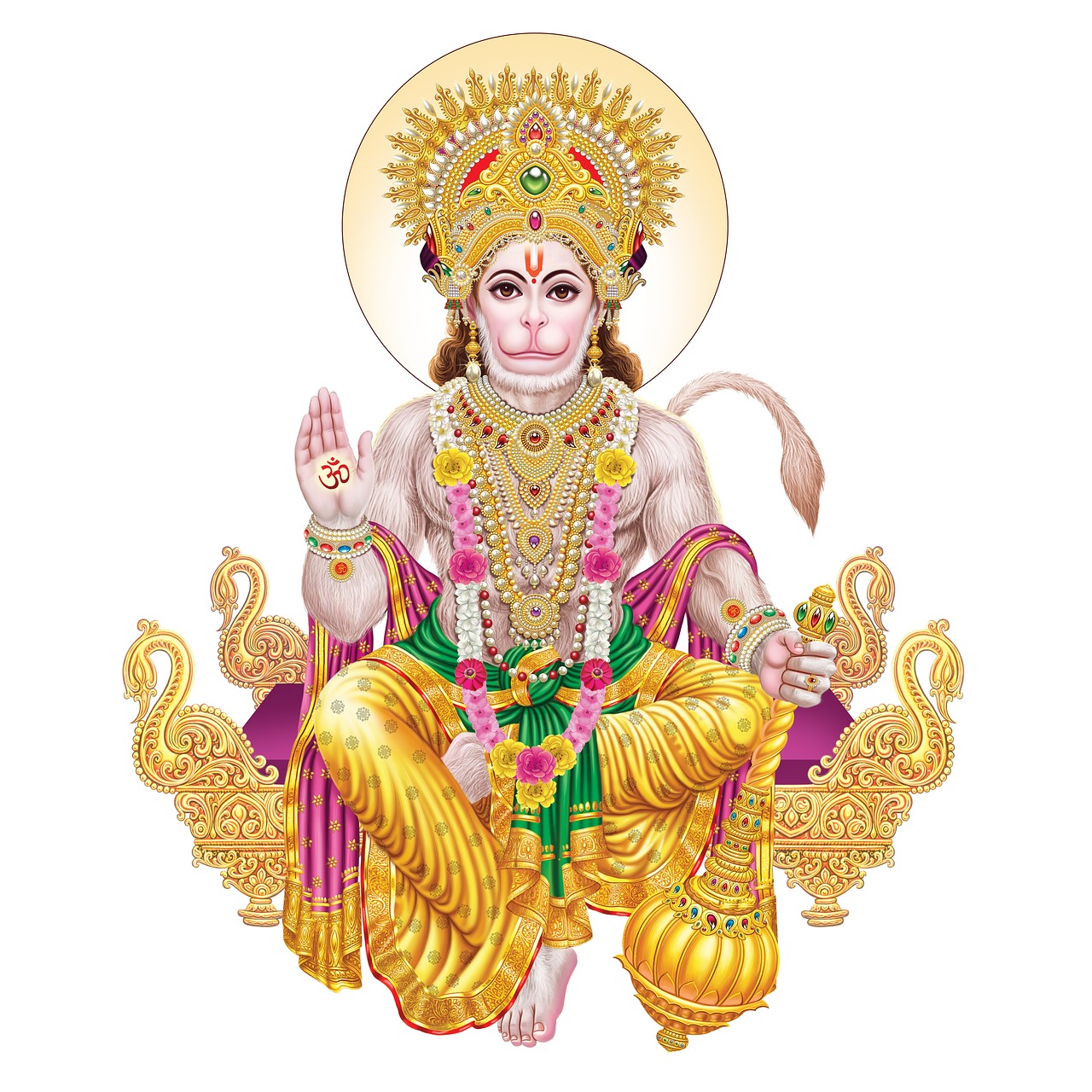March 30, 2023
Exploring Norse Mythology: The Revered Pantheon of Thor, Odin, and Loki
In modern times, Marvel’s portrayal of Thor, Odin, and Loki has brought these Norse deities into the pop culture spotlight, yet this was not always the norm. Historically, these gods significantly influenced the lives of Vikings, instilling hope and bravery while offering moral lessons and entertainment through the tales surrounding them.
Thor: The Beloved God of Thunder
Among the pantheon, Thor was perhaps the most venerated figure, seen as the protector of both warriors and farmers alike. He was upheld as the embodiment of strength and reliability, making him a favored god among the Vikings. Renowned for wielding his powerful hammer, Mjöllnir, Thor commanded thunder and lightning and was known to traverse the skies in a chariot drawn by two goats, Tanngnjóstr and Tanngrisnir. His capacity to confront the giants of Jötunheimar showcased his might, endearing him to all ranks of Viking society, especially non-warriors who admired his steadfastness.
Odin: The Allfather and His Dual Nature
Contrasting with Thor, Odin, known as the Allfather, took on a more complex persona. He sacrificed his eye to gain wisdom from Mímir’s well, but his unpredictable nature made him less relatable for the average Viking. Revered primarily by kings and commanding warriors, Odin led Valhalla, the warrior’s paradise, where brave souls believed they would be taken by the Valkyries, his female regents, upon dying in battle. This belief in Odin’s favor provided the warrior class with a compelling reason for valor.
Loki: The Cunning Trickster
Treading a duality of alliance and deceit, Loki, a Jotun who was also Odin’s blood brother, lived in Asgard while often causing chaos amongst the gods and giants alike. While his trickery and cunning were often seen as a liability, they sometimes benefited the gods, such as during the acquisition of Mjöllnir from the dwarves. Loki’s shape-shifting abilities allowed him to traverse different forms, and he was responsible for many tumultuous events in mythology, including the death of the beloved god Baldur. His offspring—Hel, the goddess of death; Jörmungand, the world serpent; Fenrir, the monstrous wolf; and Sleipnir, the eight-legged horse—add to his formidable legacy of mischief.
A Complex Legacy
Norse mythology offers a rich tapestry of stories, reflecting a pantheistic belief system that is only partially understood today due to limited historical documentation. The aim of initiatives like Asgard Alaska is to deepen the understanding of Viking-era culture via immersive storytelling and experiences. Contributions to such causes help to preserve and promote these age-old narratives.



